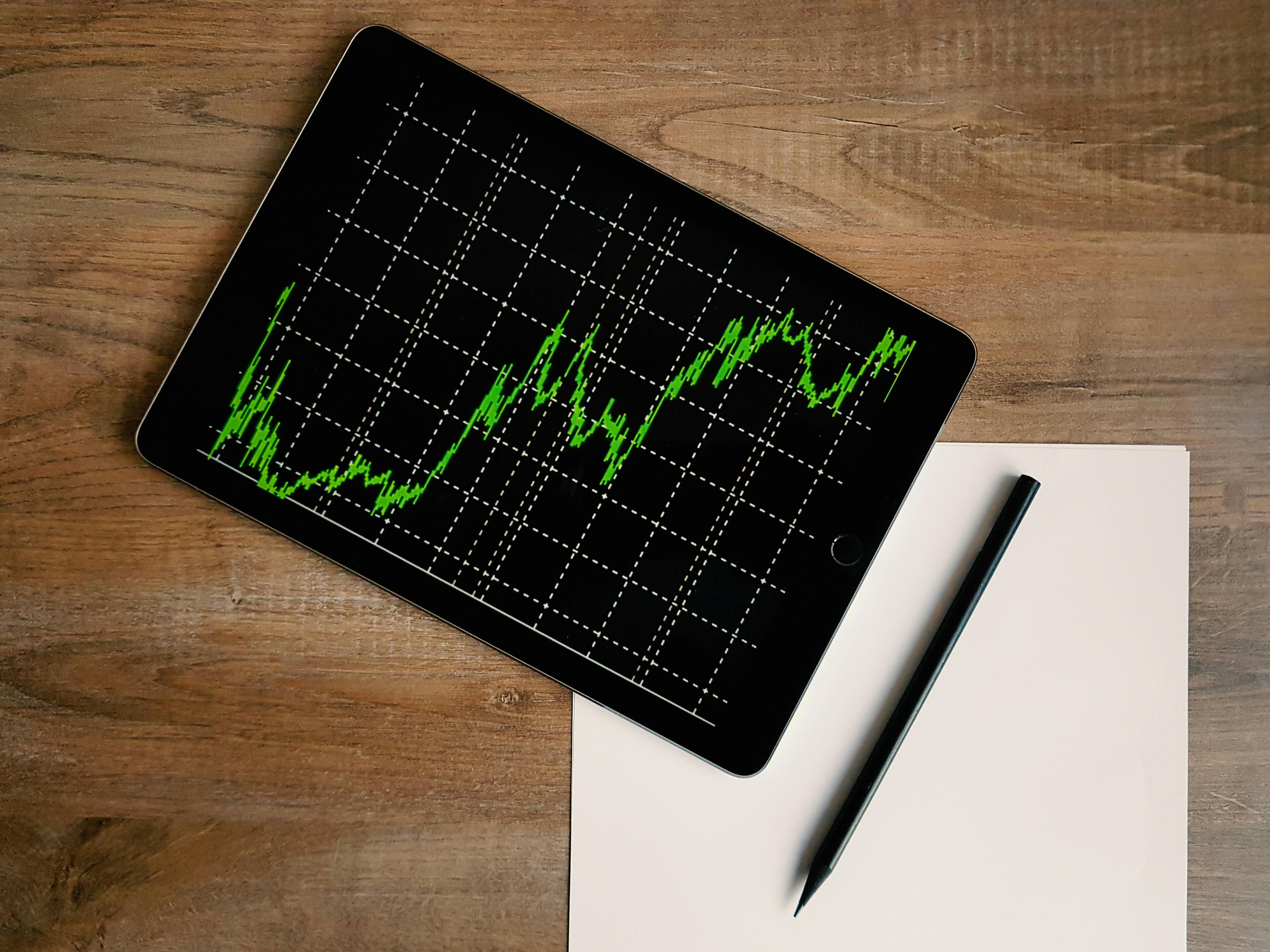Analyzing US Economic Data and Building a Dashboard
Description
Extracting essential data from a dataset and displaying it is a necessary part of data science; therefore individuals can make correct decisions based on the data. In this assignment, I will extract some essential economic indicators from some data, I will then display these economic indicators in a Dashboard.
Gross domestic product (GDP) is a measure of the market value of all the final goods and services produced in a period. GDP is an indicator of how well the economy is doing. A drop in GDP indicates the economy is producing less; similarly an increase in GDP suggests the economy is performing better. In this lab, I will examine how changes in GDP impact the unemployment rate.
Table of Contents
- Defining a Function that Makes a Dashboard
- Creating a dataframe that contains the GDP data and displaying it
- Creating a dataframe that contains the unemployment data and displaying it
- Displaying a dataframe where unemployment was greater than 8.5%
- Using the function make_dashboard to make a dashboard
Defining a Function that Makes a Dashboard
I will import the following libraries.
import pandas as pd
from bokeh.plotting import figure, output_file, show,output_notebook
output_notebook()
In this section, I define the function make_dashboard.
The function will produce a dashboard as well as an html file.
def make_dashboard(x, gdp_change, unemployment, title, file_name):
output_file(file_name)
p = figure(title=title, x_axis_label='year', y_axis_label='%')
p.line(x.squeeze(), gdp_change.squeeze(), color="firebrick", line_width=4, legend="% GDP change")
p.line(x.squeeze(), unemployment.squeeze(), line_width=4, legend="% unemployed")
show(p)
The dictionary links contain the CSV files with all the data. The value for the key GDP is the file that contains the GDP data. The value for the key unemployment contains the unemployment data.
links={'GDP':'https://s3-api.us-geo.objectstorage.softlayer.net/cf-courses-data/CognitiveClass/PY0101EN/projects/coursera_project/clean_gdp.csv',\
'unemployment':'https://s3-api.us-geo.objectstorage.softlayer.net/cf-courses-data/CognitiveClass/PY0101EN/projects/coursera_project/clean_unemployment.csv'}
Creating a dataframe that contains the GDP data and displaying the first five rows of the dataframe.
csv_path='https://s3-api.us-geo.objectstorage.softlayer.net/cf-courses-data/CognitiveClass/PY0101EN/projects/coursera_project/clean_gdp.csv'
df1=pd.read_csv(csv_path)
df1.head()
Creating a dataframe that contains the unemployment data and displaying the first five rows of the dataframe.
csv_path='https://s3-api.us-geo.objectstorage.softlayer.net/cf-courses-data/CognitiveClass/PY0101EN/projects/coursera_project/clean_unemployment.csv'
df2=pd.read_csv(csv_path)
df2.head()
Displaying a dataframe where unemployment was greater than 8.5%.
links={'unemployment':'https://s3-api.us-geo.objectstorage.softlayer.net/cf-courses-data/CognitiveClass/PY0101EN/projects/coursera_project/clean_unemployment.csv'}
csv_path=links['unemployment']
df2=pd.read_csv(csv_path)
df3=df2[df2['unemployment']>8.5]
df3
Using the function make_dashboard to make a dashboard
In this section, I will call the function make_dashboard , to produce a dashboard. I will use the convention of giving each variable the same name as the function parameter.
csv_path1=links['GDP']
gdp_dataframe1=pd.read_csv(csv_path1)
x = pd.DataFrame(gdp_dataframe1, columns=['date'])
x.head()
Creating a new dataframe with the column 'change-current' called gdp_change from the dataframe that contains the GDP data.
csv_path2=links['GDP']
gdp_dataframe2=pd.read_csv(csv_path2)
gdp_change = pd.DataFrame(gdp_dataframe2, columns=['change-current'])
gdp_change.head()
Creating a new dataframe with the column 'unemployment' called unemployment from the dataframe that contains the unemployment data.
csv_path3=links['unemployment']
unemploy_dataframe1= pd.read_csv(csv_path3)
unemployment = pd.DataFrame(unemploy_dataframe1, columns=['unemployment'])
unemployment.head()
Giving my dashboard a string title, and assigning it to the variable title
title = "GDP and Unemployment Data"
Finally, the function make_dashboard will output an .html in my direictory, just like a csv file. The name of the file is "index.html" and it will be stored in the varable file_name.
file_name = "index.html"
Calling the function make_dashboard , to produce a dashboard. Assigning the parameter values accordingly.
make_dashboard(x = pd.DataFrame(gdp_dataframe1, columns=['date']), gdp_change = pd.DataFrame(gdp_dataframe2, columns=['change-current']), unemployment = pd.DataFrame(unemploy_dataframe1, columns=['unemployment']), title = "GDP and Unemployment Data", file_name = "index.html")
output_file("index.html")
output_notebook()
p = figure(title=title, x_axis_label='year', y_axis_label='%')
p.line(x.squeeze(), gdp_change.squeeze(), color="firebrick", line_width=4, legend="% GDP change")
p.line(x.squeeze(), unemployment.squeeze(), line_width=4, legend="% unemployed")
show(p)
